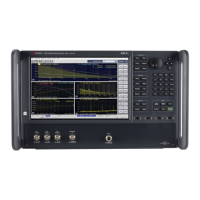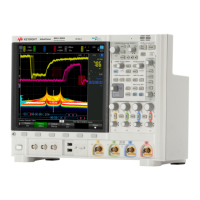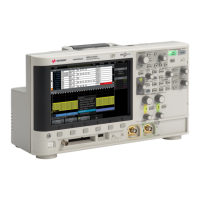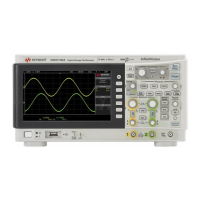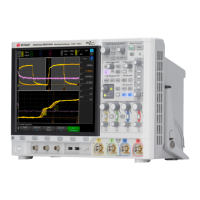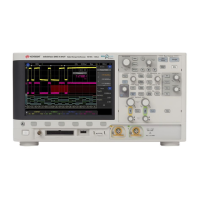Keysight EXG and MXG X-Series Signal Generators User’s Guide 45
Setting Preferences & Enabling Options for All Models
How to Set Remote Operation Preferences
Configuring Remote Languages
Figure 2-2 N5171B/72B/81B/82B
Utility > I/O Config
For details on each key, use key help
as described on page56.
Select the desired Remote language.
Refer to the SCPI Command Reference.
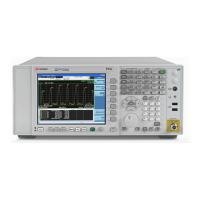
